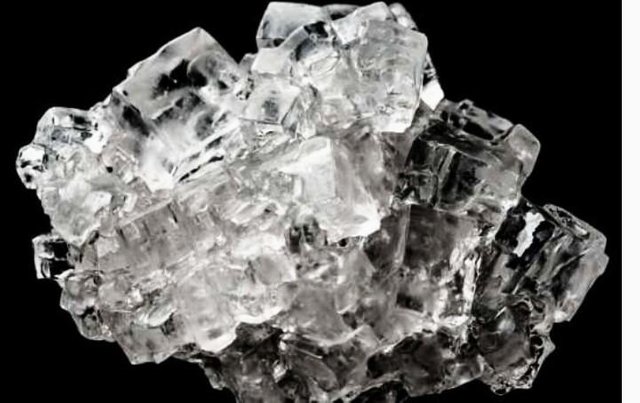
From mother Nature to our must-have gadgets, we're surrounded by using crystals. those courtesy of the former, including ice and snow, can shape spontaneously and symmetrically. but the silicon-primarily based or gallium nitride crystals found in LEDs and other electronics require a bit of coaxing to attain their best shapes and alignments.
At UC Santa Barbara, researchers have now unlocked another piece of the theoretical puzzle that governs the boom of crystals—a development which could store time and energy inside the many approaches that require crystal formation.
"The manner maximum business methods are designed today is by way of doing an exhaustively massive wide variety of experiments to find out how crystals develop and at what fee they develop beneath distinct conditions," stated usa chemical engineer Michael Doherty, an author of a paper that appears within the complaints of the countrywide Academy of Sciences. Snowflakes, as an instance, shape in another way as they fall, depending on variable conditions along with temperature and humidity, as a result the broadly held perception that no are alike. After determining the most fulfilling conditions for the growth of the crystal of preference, Doherty introduced device should be designed and calibrated to offer a regular developing environment.
however, with the aid of pooling decades of understanding, Doherty, along with united states of america colleague Baron Peters and previous graduate pupil Mark Joswiak (now at Dow Chemical) have evolved a computational technique to assist predict growth quotes for ionic crystals beneath distinctive situations. using a tremendously simple crystal—sodium chloride (NaCl, extra familiarly referred to as desk salt)—in water, the researchers laid the foundation for the analysis of more complex crystals.
Ionic crystals may additionally appear to the bare eye—or even underneath some magnification—to include perfectly easy or even faces. however appearance extra carefully and you'll frequently discover they genuinely include surface features that affect their potential to grow, and the larger shapes that they take.
"There are dislocations and around the dislocations there are spirals, and around the spirals there are edges, and round the edges there are kinks," Peters said, "and each stage calls for a concept to describe the wide variety of these capabilities and the costs at which they exchange." on the smallest scale, ions in answer cannot conveniently connect to the growing crystal because water molecules that solvate (interact with) the ions are not without problems dislodged, he stated. With so many tactics happening at such a lot of scales, it's clean to peer how difficult it could be to expect a crystal's increase.
"the largest undertaking became applying the numerous techniques and techniques to a brand new trouble—inspecting ion attachment and detachment at surface kink websites, wherein there is a lack of symmetry coupled with strong ion-water interactions," Joswiak stated. "however, as we encountered issues and discovered solutions, we won extra perception on the strategies, the role of water molecules and differences between sodium and chloride ions."
amongst their insights: Ion size matters. The researchers discovered that due to its length, the larger chloride ion (Cl-) prevents water from getting access to kink sites during detachment, proscribing the overall fee of sodium chloride dissolution in water.
"you need to find a special coordinate system that could monitor the ones unique solvent rearrangements that create an opening for the ion to slip through the solvent cage and lock onto the kink site," Peters said. "We proven that at the least for sodium chloride we will eventually deliver a concrete solution."
This proof-of-idea development is the end result of the Doherty group's understanding with crystallization approaches coupled with the Peters organization's knowledge in "uncommon events"—enormously infrequent and brief-lived however rather huge phenomena (such as reactions) that basically exchange the nation of the machine. using a method called transition path sampling, the researchers have been able to apprehend the activities main as much as the transition state. The approach and mechanistic insights from the paintings on sodium chloride gives a blueprint for predicting boom fees in substances synthesis, pharmaceuticals and biomineralization.